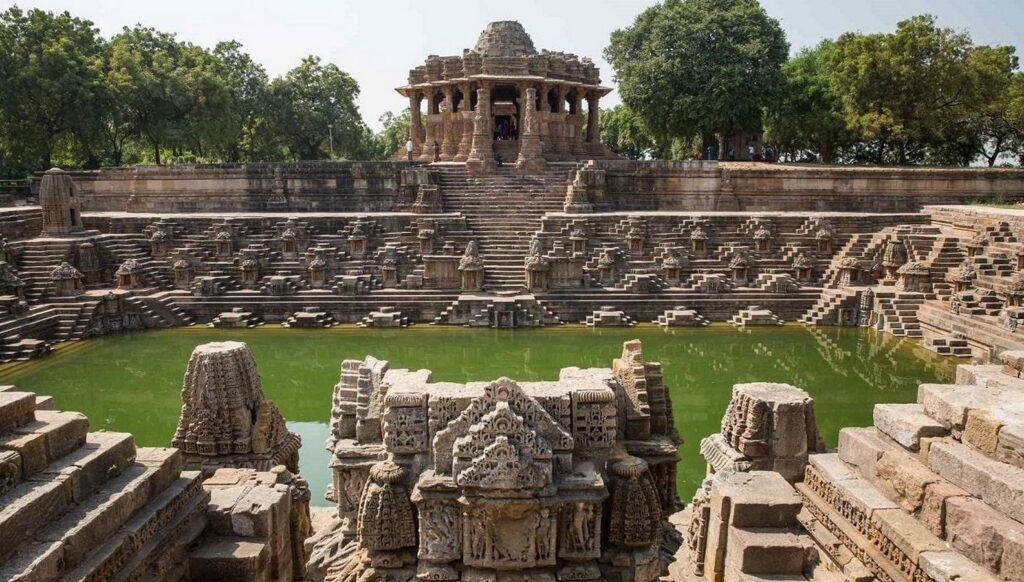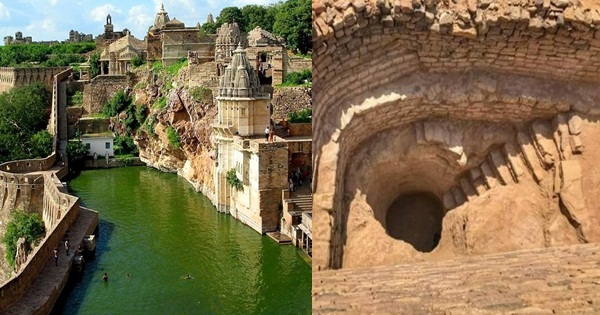
Introduction
Water, a vital resource for life, has been integral to human civilization for millennia. In India, the evolution of water storage solutions reflects both the country’s historical challenges and innovative responses to its water needs. This journey from ancient techniques to contemporary systems highlights the adaptation and ingenuity required to manage one of the most precious resources on the planet.
Ancient Practices: Ingenious Early Solutions
India’s water storage history dates back thousands of years, showcasing an impressive array of ancient technologies adapted to diverse geographical and climatic conditions. The Indus Valley Civilization, around 2500 BCE, demonstrated advanced water management through the construction of large, well-planned drainage systems and the use of reservoirs. Cities like Mohenjo-Daro and Harappa had sophisticated water tanks and bathing areas, indicating a high level of engineering skill.
The concept of rainwater harvesting can be traced to ancient Indian texts. For instance, the “Arthashastra,” written by Kautilya (Chanakya) in the 4th century BCE, includes detailed descriptions of rainwater collection methods and storage systems. Traditional methods included the use of stepwells, or ‘baoris,’ which were intricate structures that allowed access to groundwater in arid regions. These stepwells not only served as water reservoirs but also as community gathering spots.
Medieval Innovations: Architectural Adaptations
During the medieval period, the need for efficient water management became even more pronounced due to expanding populations and agricultural demands. The rulers of various Indian dynasties invested in sophisticated water storage and distribution systems. For example, the Chola Dynasty (850-1279 CE) was renowned for constructing an extensive network of irrigation tanks and channels, which transformed large areas of arid land into fertile agricultural zones.
The Mughal Empire also made significant contributions to water storage solutions. The Mughal emperors built elaborate gardens with complex water features, such as the famous Shalimar Gardens in Srinagar. They developed intricate systems of canals and reservoirs to ensure a reliable water supply, which was crucial for both agriculture and the lavish garden aesthetics.
Colonial Era: Modernization and Challenges
The British colonial period brought a new dimension to water storage solutions in India. The British administration recognized the need for modern infrastructure to support growing urban populations and colonial agricultural interests. This led to the development of large-scale water supply systems, including dams and reservoirs. The construction of the Krishna Raja Sagara Dam (1900) and the Bhakra Nangal Dam (1963) are prime examples of colonial-era water management projects.
However, this period also highlighted the challenges of integrating traditional practices with modern needs. The colonial approach often overlooked local knowledge and practices, which sometimes led to inefficiencies and resistance from local communities who were accustomed to traditional methods.

Post-Independence: Integration and Innovation
After gaining independence in 1947, India faced the daunting task of modernizing its water infrastructure to meet the needs of a burgeoning population. The focus shifted towards large-scale irrigation projects, with significant investments in dams and reservoirs. The establishment of the National Bank for Agriculture and Rural Development (NABARD) in 1982 underscored the importance of water management for agricultural development.
The 1990s and early 2000s saw the introduction of integrated water resource management (IWRM) approaches, emphasizing the importance of combining traditional practices with modern technology. The rainwater harvesting movement gained momentum, driven by both governmental initiatives and grassroots organizations. Cities like Chennai and Bangalore implemented successful rainwater harvesting systems, which helped mitigate water scarcity issues during droughts.
Contemporary Solutions: Technological Advancements and Sustainability
Today, India’s approach to water storage is characterized by a blend of technology and sustainability. Advances in technology have introduced innovative solutions such as smart water meters, remote sensing for water quality monitoring, and automated irrigation systems. The use of GIS (Geographic Information Systems) and satellite imagery aids in efficient water resource planning and management.
At the same time, there is a renewed focus on sustainable practices. Programs like the “Jal Jeevan Mission” aim to provide piped water to every rural household by 2024, emphasizing both infrastructure development and community participation. The promotion of water recycling and the adoption of water-efficient technologies reflect a growing awareness of the need for responsible water use.
Conclusion
The evolution of water storage solutions in India illustrates a remarkable journey from ancient ingenuity to modern technological advancements. Each phase of this evolution has been shaped by the need to adapt to changing environmental conditions, population growth, and socio-economic factors. As India continues to grapple with water challenges in the 21st century, the integration of traditional knowledge with cutting-edge technology will be crucial in ensuring a sustainable and equitable water future for all.


